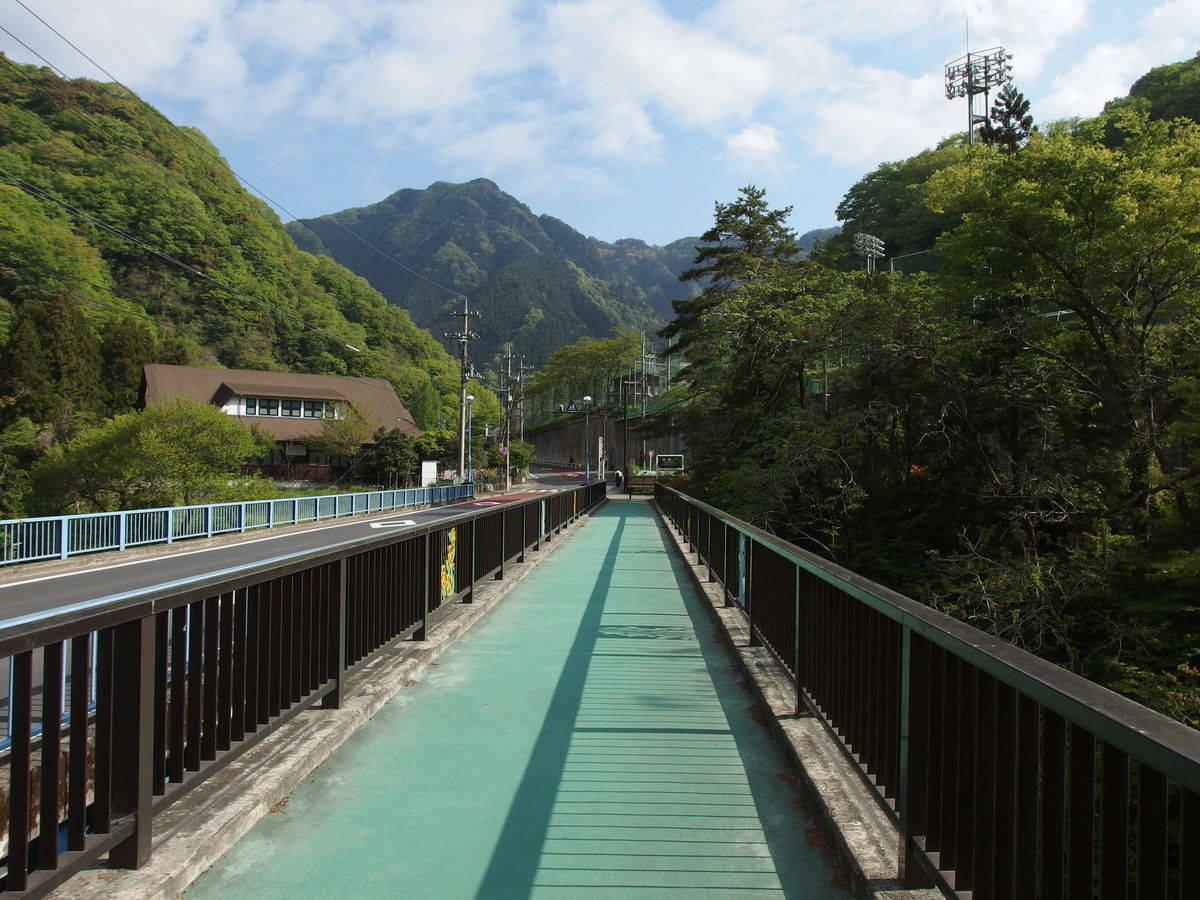When you first arrive in Hinohara, it might be hard to believe that you are still in Tokyo. Long gone are the dizzying heights of the concrete jungle, replaced with untouched Japanese countryside and traditional houses.

"Summit of Mount Mito @ Hike to Mount Sengenrei & Mount Mito" by *_* is licensed under CC BY 2.0
Tokyo's Tiniest Village
Hinohara Village is the only official village of mainland Tokyo. It is the smallest municipality with a population of just 2,138 residents at the time of this writing. The village sits at the western edge of Tokyo and harkens back to the days before Japan's rapid modernization.

"Hike from Hinohara to Lake Sagami" by Guilhem Vellut is licensed under CC BY 2.0
Hinohara used to be strategically important because it once sat upon a vital trade route between Tokyo, Saitama, and Yamanashi, you can see evidence of this at the Hinohara castle ruins. The castle, unfortunately, fell in the sixteenth century, little is left of it now, though a guardhouse still remains, the surrounding forest houses more than just the old castle.
Things to Do and See in Hinohara

"Hossawa Falls at Hinohara" by Guilhem Vellut is licensed under CC BY 2.0
Hossawanotaki Falls can be found nearby, the only waterfall in Tokyo. The deep pool that the waters cascade into is rumored to be home to a mysterious monster; ancient local legends tell of water a serpent that gobbles up travelers. Hossawanotaki Falls is also famous because it freezes every winter, forming picturesque icicles. Hikers who want even more natural scenery can explore either Mt. Sengenrei or Mt. Mito; both chock full of untouched woodland and historical importance dating back to the old trade routes.
Like most places in rural Japan, having a car is highly recommended; however, the area is also accessible by public transport, being Five minutes from Motoshuku-yakubamae bus stop where the bus can take you to and from Musashi-Itsukaichi Station. There are a few local shops that sell locally grown produce and goods, but with a car you can commute into Akigawa and more built-up areas closer to central Tokyo.
Once you have access to Musashi-Itsukaichi station, you can travel around Tokyo reasonably easy, making this village far more connected than most of its type across Japan. The station could theoretically connect a resident to hundreds of places to work or study. You can reach Tokyo central station in just over an hour.
Benefits of Living in Hinohara as a Foreigner

"Hinohara village & Okutama town" by Masaki Tokutomi is licensed under CC BY 2.0
The local economy is very dependent on the forest area, which attracts hiking tourists. The local government is very active in the maintaining of the forest, with many local volunteer groups doing their best for the surrounding nature. New residents might be able to make a good impression by getting involved in these projects and showing a passion for the local forestry.
Houses in Hinohara are very limited, and rarely on the market. Those planning on living in a rural place would do well to look out for homes in this area, making sure to read the fine print on any contracts. Buying property in agricultural regions can often come with obligations, such as tending to cropland, that may be a deal-breaker for some buyers.
Conclusion
Hinohara is a pleasant place to live, especially if you are a nature lover. It's great for those looking to escape the city yet stay within commuting distance.

Editorial Department
Bringing you the latest real estate & lifestyle news in Japan















